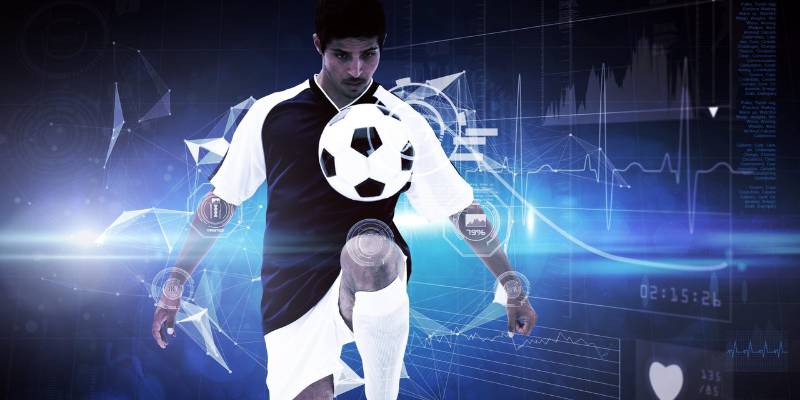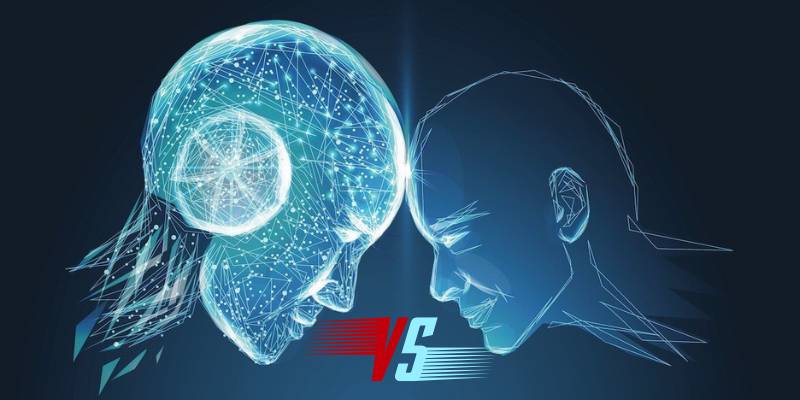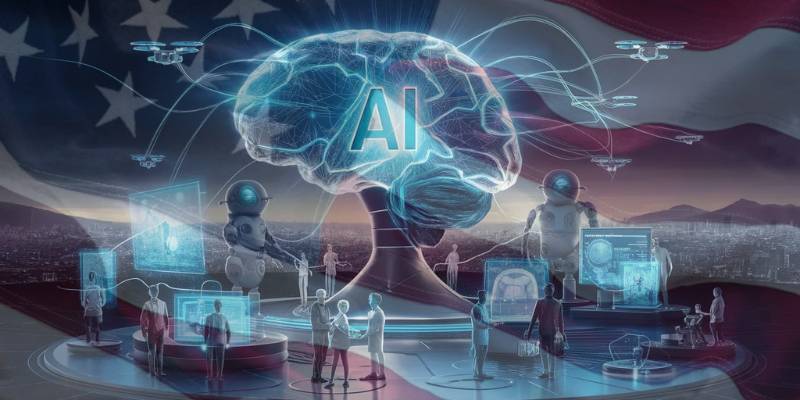A team of researchers at the University of California San Diego has unveiled a generative-AI model that doesn’t write poems or paint pictures — it teaches athletes how to move.
The project, known as BIGE (Biomechanics-informed Generative AI for Exercise Science), was built to analyse and generate motion patterns that could reduce injury risks during workouts and rehabilitation.
The details were shared in a recent announcement describing how the model blends biomechanics with artificial intelligence to create realistic, physically possible human motion.
You can read about the breakthrough through the researchers’ own summary here.
BIGE doesn’t just simulate how a squat or lunge looks — it understands how it should feel in a real human body.
It uses motion-capture data from athletes performing squats, feeding that into a 3-D skeletal model that accounts for joint angles, muscle force, and balance constraints.
What makes this approach stand out is how the AI learns biomechanical rules as part of the generation process.
That means it doesn’t create impossible movements like knees bending backwards or joints twisting unnaturally, which was a common problem with earlier systems.
The research team described the concept in more detail in their follow-up profile on UC San Diego Today, where they said their goal was to build AI that “understands the language of the body.”
The implications are much bigger than sports. Think about physical therapy clinics, elderly-care facilities, or even home fitness apps.
If AI can predict when someone’s form might cause long-term strain, that’s not just innovation — that’s prevention.
A growing number of biomechanists and computer scientists are already exploring how machine learning can improve rehabilitation outcomes, such as in this emerging research on AI-driven sports biomechanics, which highlights how data from movement sensors can now feed directly into AI systems for real-time feedback.
Of course, no technology is perfect. One concern researchers mention is that motion data collected in controlled lab conditions may not represent real-world athletes, who vary in body type, flexibility, and injury history.
So, while the AI can model the “ideal” squat or sprint, what’s ideal on paper might not match what’s safe for a specific individual.
That’s why the UC San Diego team is already working on ways to personalise these models for different users — athletes, seniors, and patients recovering from surgery — by fine-tuning the AI with individual-specific biomechanical data.
You can catch a glimpse of how other researchers are exploring this next step in a new preprint on athlete-centric AI coaching, where the goal is to build virtual trainers that adapt to each person’s body instead of enforcing a one-size-fits-all standard.
There’s also a cultural shift happening here. For years, generative AI has been about imagination — writing, art, design.
Now, it’s being trained on motion — the language of muscles, joints, and balance. That’s profound.
Because while AI has been good at mimicking intelligence, this new wave is learning to understand movement itself — the thing that defines how we live in the world.
In my opinion, that’s where the real magic lies. A future where your fitness app doesn’t just count reps but quietly whispers, “Hey, ease up on that knee angle — you’re about to hurt yourself.”
It’s science fiction turning practical. It’s also a reminder that not all AI breakthroughs are flashy or dystopian — some, like BIGE, are just quietly helping us move a little better, and maybe stay on the field a little longer.


